Full Mouth Dental Implants Procedure
Dentures are not your only option for replacing a full mouth of missing teeth. Dental implants are a great way to restore your mouth to a healthy state and help support jawbone structure. If you are missing a significant number of teeth or need teeth extracted, you might want to consider dental implants and your dentist can help you decide if you are a candidate for implants and what method of treatment will be best for your individual case.
Implant-Supported Restorations v. Traditional Restorations
The biggest drawback to traditional bridges and dentures is that overtime, jawbone structure begins to deteriorate without stimulation from tooth roots. Dental implants act as a replacement for tooth roots and encourage new jawbone regeneration. Without the stimulation and encouragement to regenerate, the deterioration of the jawbone will change the structure of your face and give you a different appearance.
Dental implants are also significantly more stable than traditional restorations. With traditional bridges and dentures, they are secured using cement and adhesives. Dental implant restorations, however, are secured onto implants with screws and therefore are not able to be removed by the patient and are more secure as you speak and eat.
What is involved with the placement of dental implants?
Your Dentist is likely not able to place a dental implant for you but can refer you to a Periodontist or Oral Surgeon for implant surgery. Your dentist will take over once the implant is ready for restoration. For the surgery, your doctor will use a local anesthetic at the surgery site and place your titanium dental implant into the jawbone. Once the implant is placed, your doctor will secure a healing cap over the implant to keep it clean and protected while it heals and integrates with your jawbone.
You will wear the healing cap(s) for about six months before your dentist can restore your implants. This extensive healing time ensures that the implant is well integrated with the jawbone and is secure for restoration.
While you heal, you will be wearing a temporary denture or a bridge so that you are not walking around with a gap in your mouth!
Placing Implant-Supported Dental Restorations
Once you are completely healed and your doctor clears you for restoration, your Dentist will be able to remove the healing caps and secure your new permanent restoration onto your implants.
Implant-supported dental restorations can either be screw-retained or clipped on. Clipped on restorations use an anchor secured to the implant and can be removed by the patient. Screw-retained restorations are held in place using an abutment that sits directly on the implant and allows the restoration to be screwed down and can only be removed by a dentist.
Choosing full mouth dental implants to restore your mouth is the more natural-looking and stable option. Implant-supported restorations are easier to care for even if they are screw retained. If you think that you would like to have full mouth dental implants, discuss your options with your dentist. Not all patients are a candidate for implants since it is a more invasive surgical procedure but your dentist will evaluate your health and determine what treatment path is best for you.
More on Full Mouth Dental Implants : How Long Do Full Mouth Dental Implants last?
